Unfortunately I don't know enough about electronics to come up with the proper circuit diagram for this.
You don't need to. These thing are a cheap commodity that is everywhere. And anyway, it would be dangerous to mess with AC power, and unnecessary since... y'know... everywhere.
However, the item needs to be UL, TUV, BSI listed.
Since these are commodities, there's no trouble buying safe ones. As such, there is no earthly reason to buy a dangerous one.
Safe ones are approved by competent testing labs (USA OSHA keeps a list that much of the world relies on, it's here). In Britain you may be familiar with the famous BSI Kitemark. Germany, TUV. Canada, CSA. The rest of America, "UL Listed".
5 volts: Sold in more places than eggs
5 volts works great with the video's method of a single LED with a resistor. It's very similar to the 4.5V used in the video. Where to get a 5 volt supply? Well, here's a fine example (1 amp):

That looks familiar, doesn't it?
As you can guess, that has a USB connector on the other end. And you know perfectly well where to get both those power blocks and the USB cords needed to plug into them. They're on the endcap or cash register at every corner store, gas station, drugstore and cell phone shop. Like I say, it's easier to find these than eggs.
And all the ones sold at retail establishments in the first world have been approved by UL or the local safety agency.
"That was easy"
Other voltages are in another form-factor you're familiar with

Bet you have a junk drawer full of these. Or friends with them. Or Goodwill has loads.
And again, almost every one of these sold is UL-Listed or equivalent. That's because of economies of scale - they sell so many billions of these in places where they must be listed, that there's no cost savings in making dangerous ones.
They vary both in voltage and how much current they can supply, but that is stated on the label - typically embossed in black-on-black in 3-point type. I just shoot a photo with my cell phone and zoom the photo. The label also indicates AC or DC, and whether the inside or outside pin is positive.
You can buy the sockets at Radio Shack-- er. I mean Mouser.com, Digi-Key, Sparkfun or Adafruit.
You can also get fantastic educational program kits from Sparkfun and Adafruit, to get you up to speed on electricity. I highly recommend this, because artists + LEDs + skill = the sky's the limit.

